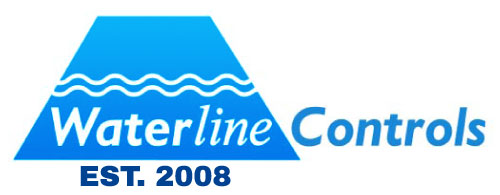How Do You Measure Water Height?
There are several ways to measure water height or water level, from straightforward manual methods to more sophisticated electronic and digital sensors. The accuracy needed, the kind of container or body of water being measured, and the particular application all play a role in the measuring method selection. Here are a few typical techniques for measuring water depth:
1. Dipstick or Measuring Stick: This is a simple and effective technique. A graded stick or rod is lowered into the water, and the marks on the stick are used to determine the water level.
2. **Float and Tape System**: This technique involves placing a float on the water’s surface and connecting its location to a tape or wire that has measurement markings. The float moves in response to variations in water level, and the tape is then read to determine the appropriate height.
3. **Float and Scale**: A float is attached to a vertical scale with markings, much as the float and tape system. The placement of the float along the scale indicates the water level.
4. “Hydrostatic Pressure Sensors”: These sensors work on the premise that the pressure in a liquid at a given depth is inversely proportional to the height of the liquid. An underwater pressure sensor is placed at a given depth, and the pressure reading is used to calculate the water level.
5. Ultrasonic water level sensors: These devices create sound waves that reflect off the water’s surface and then bounce back to the sensor. The distance to the water’s surface is calculated using the time it takes for the waves to return; this distance is then used to calculate the water level.
6. Radar water level sensors: Radar sensors employ radio waves rather than sound waves to determine the distance to the water’s surface. They operate on a similar basis to ultrasonic sensors.
7. “Capacitance Probes”: Capacitance-based sensors assess the variation in capacitance between the sensor and the water’s surface. The capacitance varies with the change in water level and enables the measuring of water height.
8. **Pressure Transducers**: Pressure transducers, commonly referred to as pressure sensors, can be positioned at the bottom of a water container or immersed. A reading of the water level is created from the pressure the water column is exerting.
9. “Tilt Level Sensors”: These sensors work on the theory of tilting or inclining according to the level of the water. The tilt sensor’s position changes in response to variations in water level, and this variation is utilized to calculate the water height.
10. **IoT-Enabled Water Level Sensors**: A few contemporary water level sensors have IoT features that enable remote monitoring and real-time data transmission for effective management and control.
Each of these approaches has benefits and is appropriate for particular purposes. It’s crucial to take environmental circumstances into account as well as aspects like accuracy, reliability, cost, and cost-effectiveness when choosing a water level measurement technology.

